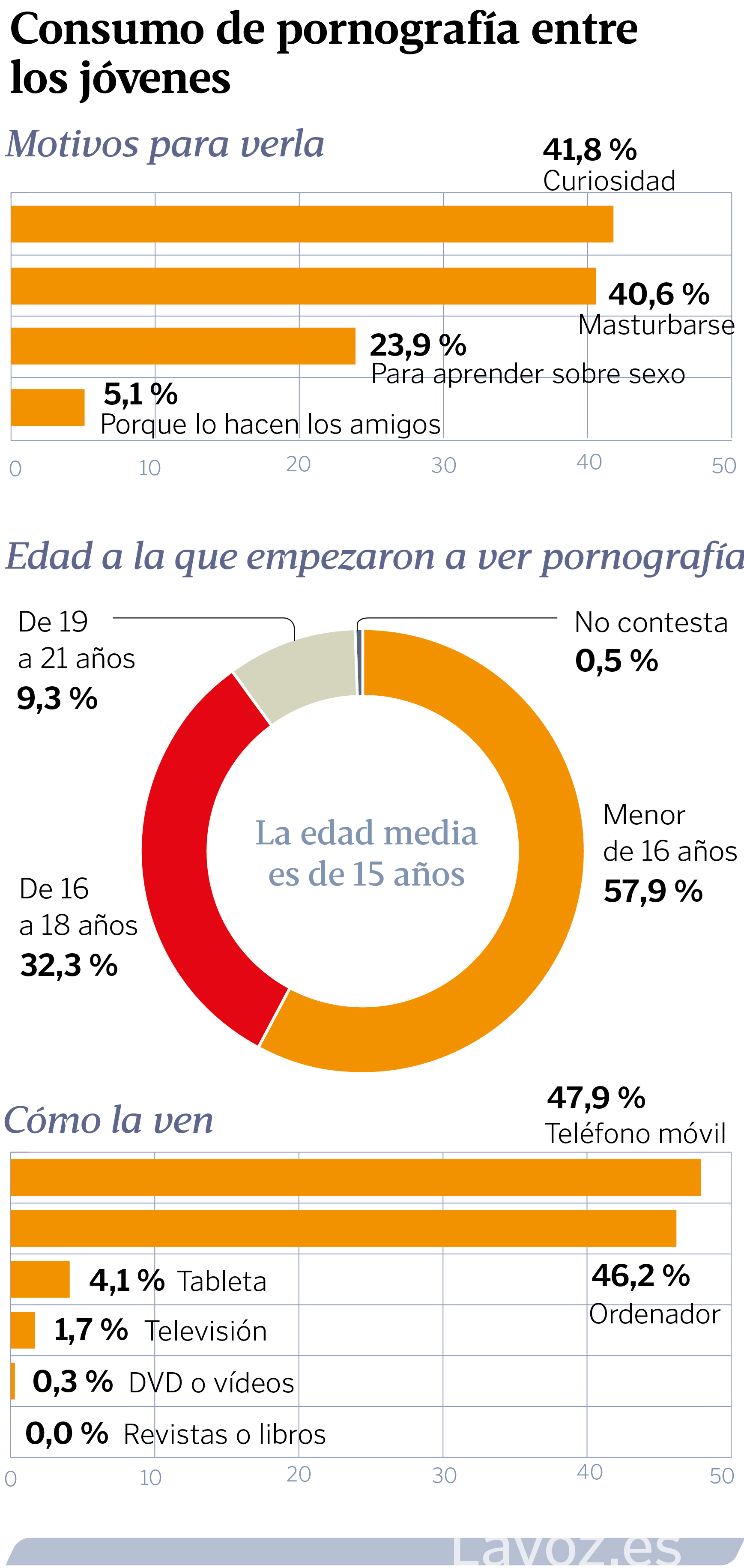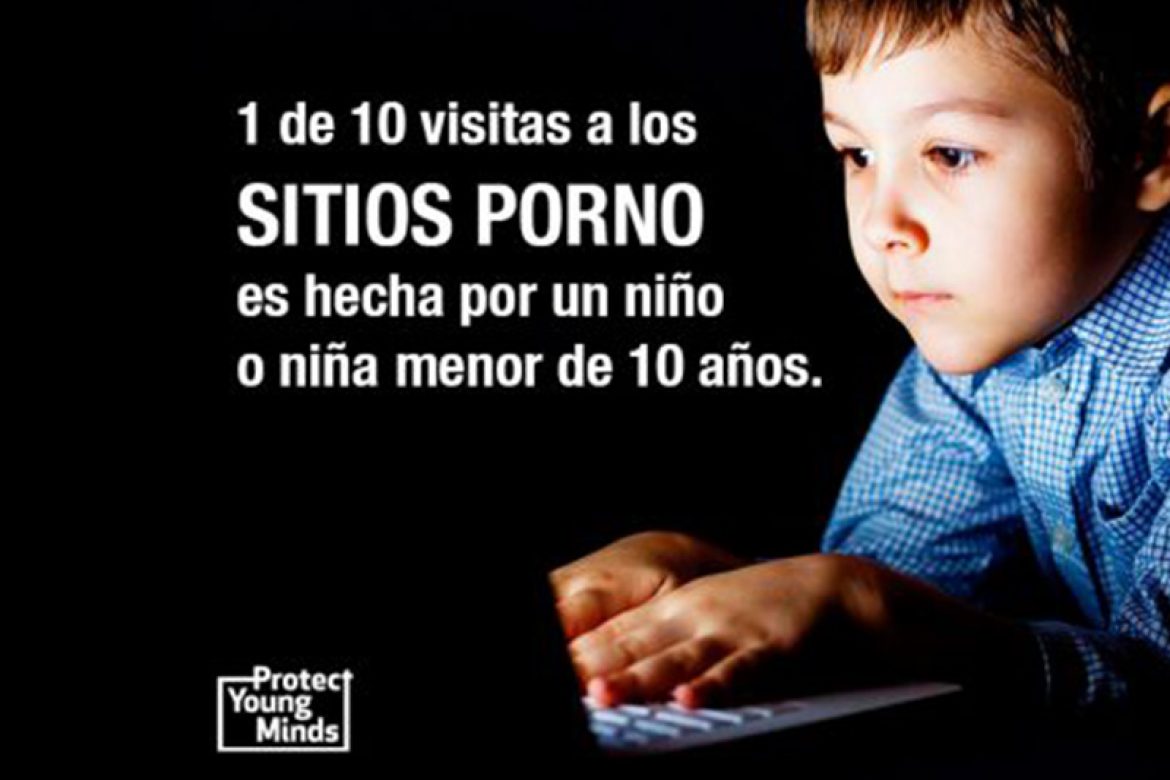Understanding The Critical Issue Of "Child Pornography": Awareness, Prevention, And Legal Actions
Child pornography is a deeply troubling issue that affects countless children worldwide, causing lifelong trauma and violating their basic human rights. In recent years, the internet has amplified the problem, making it easier for predators to share and access illicit materials. This article aims to shed light on this critical issue, providing a comprehensive overview of child pornography, its impact, and the steps being taken to combat it. By understanding the gravity of this problem, we can work together to protect children and create a safer world.
This topic is not just about raising awareness; it is about taking action. Whether you are a parent, educator, or concerned citizen, understanding the mechanisms behind child pornography and the laws that address it is essential. This article will delve into various aspects, including the legal definitions, the psychological impact on victims, prevention strategies, and the role of technology in both perpetuating and combating this crime.
Our goal is to provide you with accurate, actionable information that adheres to the highest standards of expertise, authoritativeness, and trustworthiness. By the end of this article, you will have a clearer understanding of how to identify warning signs, report incidents, and support victims. Together, we can make a difference.
Read also:July 16 Birthdays Celebrating The Lives Of Remarkable People
Table of Contents
- What Is Child Pornography?
- Legal Definitions of Child Pornography
- The Impact of Child Pornography on Children
- Prevalence and Statistics
- The Role of Technology in Child Pornography
- Prevention Strategies
- Laws and Policies Against Child Pornography
- Support for Victims of Child Pornography
- The Role of the Community in Combating Child Pornography
- Conclusion and Call to Action
What Is Child Pornography?
Child pornography refers to any visual depiction involving the use of a minor engaging in sexually explicit conduct. This includes photographs, videos, digital images, and even written materials that describe such acts. The production, distribution, possession, and viewing of child pornography are illegal in most countries and are considered a severe violation of human rights.
Understanding the term "child pornography" requires recognizing the broader implications of this crime. It is not merely a form of exploitation but a violation of a child's innocence and dignity. This section will explore the nuances of the term and its significance in the global fight against child abuse.
Defining the Scope
Child pornography encompasses a wide range of materials, including:
- Photographs and videos depicting sexual acts involving minors.
- Digital images created through computer-generated graphics or altered photos.
- Written materials or stories describing explicit sexual acts involving children.
Each of these forms contributes to the perpetuation of this crime and must be addressed comprehensively.
Legal Definitions of Child Pornography
Legal frameworks around the world define child pornography differently, but the core principles remain consistent. Most jurisdictions classify child pornography as any material that visually depicts a minor engaging in sexually explicit conduct. The age of consent varies by country, but the underlying intent is to protect children from exploitation and abuse.
International Standards
Organizations such as the United Nations and the International Labour Organization have established guidelines to combat child exploitation. For instance, the Optional Protocol to the Convention on the Rights of the Child on the Sale of Children, Child Prostitution, and Child Pornography outlines specific measures to prevent and punish these crimes.
Read also:Joey Chestnut Age The Story Of A Competitive Eating Legend
Key legal definitions and international agreements provide a framework for prosecuting offenders and protecting victims.
The Impact of Child Pornography on Children
The psychological and emotional impact of child pornography on victims is profound and long-lasting. Children who are exploited in this manner often suffer from trauma, anxiety, depression, and a loss of trust in adults. The effects can be seen in various aspects of their lives, including relationships, education, and mental health.
Short-Term and Long-Term Effects
Short-term effects include:
- Fear and anxiety.
- Feelings of shame and guilt.
- Difficulty trusting others.
Long-term effects include:
- Chronic mental health issues such as PTSD and depression.
- Difficulty forming healthy relationships.
- Increased risk of substance abuse and self-harm.
Addressing these effects requires a multidisciplinary approach, involving mental health professionals, law enforcement, and community support.
Prevalence and Statistics
The prevalence of child pornography is alarming and continues to grow with advancements in technology. According to the National Center for Missing & Exploited Children (NCMEC), the number of reports of child exploitation has increased dramatically in recent years. In 2022 alone, NCMEC received over 29 million reports of suspected child exploitation.
Key Statistics
- Approximately 20% of all internet pornography involves children.
- More than 50% of child pornography victims are under the age of 12.
- The global market for child pornography is estimated to be worth billions of dollars.
These statistics underscore the urgent need for stronger prevention measures and increased awareness.
The Role of Technology in Child Pornography
Technology has both facilitated and combated the spread of child pornography. On one hand, the internet and digital devices have made it easier for predators to access and share illicit materials. On the other hand, advancements in artificial intelligence and encryption have enabled law enforcement agencies to identify and track offenders more effectively.
Positive and Negative Impacts
Positive impacts include:
- Enhanced surveillance and monitoring tools.
- Improved data analysis and pattern recognition.
- Increased public awareness through social media campaigns.
Negative impacts include:
- Anonymous sharing platforms that enable illegal activity.
- Encryption tools used by offenders to hide their activities.
- Difficulty in tracking cross-border crimes.
Striking a balance between privacy and security is crucial in addressing these challenges.
Prevention Strategies
Preventing child pornography requires a multifaceted approach that involves education, legislation, and community involvement. Parents, educators, and law enforcement agencies must work together to create a safe environment for children.
Steps to Prevent Child Pornography
- Teach children about online safety and the importance of privacy.
- Encourage open communication about internet use.
- Install parental controls and monitoring software on devices.
- Report suspicious activity to local authorities or organizations like NCMEC.
By taking proactive measures, we can reduce the risk of child exploitation and protect vulnerable individuals.
Laws and Policies Against Child Pornography
Governments around the world have implemented strict laws to combat child pornography. These laws typically include penalties for production, distribution, possession, and viewing of illicit materials. In addition, international agreements and treaties aim to standardize these laws and facilitate cross-border cooperation.
Examples of Legislation
- The PROTECT Act in the United States imposes severe penalties for child exploitation crimes.
- The European Union's Directive on Combating the Sexual Abuse and Sexual Exploitation of Children and Child Pornography establishes minimum rules for prosecution.
- Canada's Criminal Code includes specific provisions for child pornography offenses.
These laws serve as a deterrent to potential offenders and provide a legal framework for prosecuting crimes.
Support for Victims of Child Pornography
Victims of child pornography require comprehensive support to heal from their trauma. This includes access to mental health services, legal assistance, and community resources. Organizations such as the National Children's Advocacy Center (NCAC) and the International Centre for Missing & Exploited Children (ICMEC) offer valuable support to victims and their families.
Resources for Victims
- Therapy and counseling services.
- Legal advocacy and representation.
- Support groups for survivors and families.
By providing these resources, we can empower victims to reclaim their lives and rebuild their trust in society.
The Role of the Community in Combating Child Pornography
Community involvement is essential in the fight against child pornography. Neighbors, teachers, and local organizations can play a vital role in identifying and reporting suspicious behavior. By fostering a culture of vigilance and support, we can create safer environments for children.
Ways to Get Involved
- Participate in community awareness programs.
- Volunteer with organizations that focus on child protection.
- Stay informed about local and national initiatives to combat child exploitation.
Together, we can make a significant impact in reducing the prevalence of child pornography and protecting vulnerable individuals.
Conclusion and Call to Action
Child pornography is a complex and devastating issue that requires the collective effort of individuals, communities, and governments to address effectively. By understanding the legal definitions, recognizing the impact on victims, and implementing prevention strategies, we can work toward a safer world for children.
We urge you to take action by:
- Sharing this article to raise awareness.
- Reporting any suspicious activity to the appropriate authorities.
- Supporting organizations that focus on child protection and advocacy.
Together, we can make a difference and ensure that every child grows up in a safe and nurturing environment. Let us commit to protecting the innocence and dignity of all children, today and in the future.
References:
- National Center for Missing & Exploited Children (NCMEC).
- United Nations Convention on the Rights of the Child.
- International Centre for Missing & Exploited Children (ICMEC).


